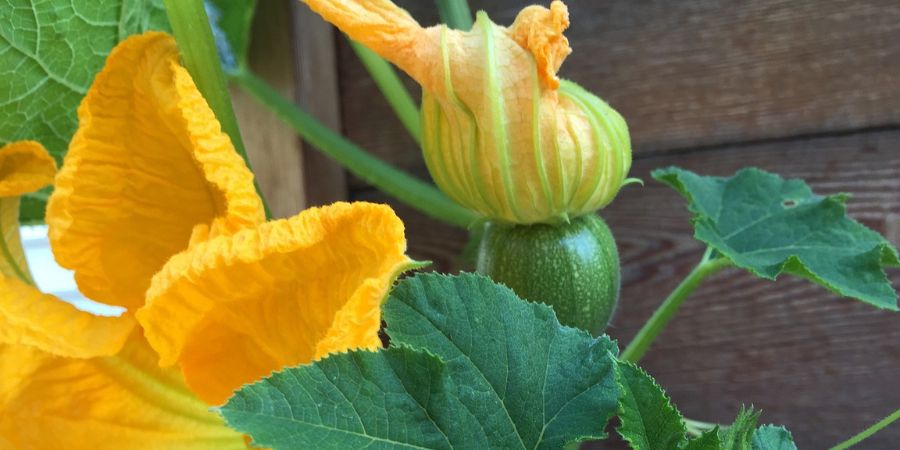Squash vine borers (Melittia cucurbitae) are a formidable foe for gardeners growing squash, pumpkins, and related plants. These pests can devastate entire crops by tunneling into stems, disrupting nutrient flow and causing plants to wilt and eventually die. However, with proper identification, early detection, and proactive management strategies, you can effectively protect your garden from these destructive insects.
Identifying Squash Vine Borers
Eggs: Squash vine borers typically lay their tiny, reddish-brown eggs in clusters at the base of squash plant stems or on leaves. These eggs are oval-shaped and are often found in the crevices of plant stems.
Larvae (Caterpillars): After hatching from eggs, squash vine borer larvae burrow into the stems of squash plants. They are creamy white with a brown head and can grow up to 1 inch long. Larvae tunnel inside stems, causing wilting and eventually killing the affected vines.
Adults: Squash vine borer adults resemble wasps with orange abdomens marked with black dots. They are active during the day and can often be seen flying around squash plants during the summer months.
Detecting Damage and Presence
Wilting Vines: One of the first signs of squash vine borer infestation is sudden wilting of vines, even when the soil is moist. This wilting typically starts at the base of the plant and progresses up the stem.
Sawdust-Like Frass: Inspect the base of affected vines for sawdust-like frass (excrement) that resembles coarse, granular powder. This frass is a telltale sign that larvae are actively feeding inside the stems.
Entry Holes: Look for small, round entry holes near the base of squash plant stems. These holes are where adult squash vine borers have laid eggs, and where larvae have entered to begin their destructive tunneling.
Prevention Strategies
Crop Rotation: Avoid planting squash and related crops in the same location year after year. Rotate crops to reduce the buildup of squash vine borer populations in the soil.
Healthy Plants: Grow healthy, vigorous plants by providing adequate water, nutrients, and sunlight. Strong plants are better equipped to withstand and recover from pest attacks.
Row Covers: Use lightweight floating row covers over young squash plants to physically block adult squash vine borers from laying eggs on stems. Be sure to remove covers once plants begin to flower to allow for pollination.
Monitoring and Early Detection: Regularly inspect plants for signs of squash vine borer eggs, larvae, or damage. Check stems carefully, especially near the base where larvae are most likely to enter.
Control Measures
Handpicking: If you spot eggs or larvae, remove them immediately by hand. Use a sharp knife or razor blade to carefully slit affected stems and extract larvae. Dispose of larvae and infested plant material away from your garden.
Biological Controls: Introduce beneficial nematodes or parasitic wasps that prey on squash vine borer larvae. These natural enemies can help reduce pest populations without harming beneficial insects.
Chemical Controls: Apply insecticides containing permethrin or carbaryl according to label instructions. Focus on treating the base of squash plant stems where adult squash vine borers lay eggs.
Traps: Set up yellow sticky traps near squash plants to capture adult squash vine borers. Replace traps regularly to maintain effectiveness.
Resistant Varieties: Consider planting squash varieties known for their resistance to squash vine borers. While not immune, resistant varieties may suffer less damage and recover more effectively from infestations.
By understanding the lifecycle of squash vine borers and implementing these identification, prevention, and control strategies, you can protect your squash and pumpkin plants from these destructive pests. Regular monitoring and prompt action are crucial for effectively managing squash vine borers and preserving the health and productivity of your garden. With diligence and proactive measures, you can enjoy a bountiful harvest of squash and pumpkins free from the damage caused by squash vine borers.

